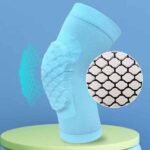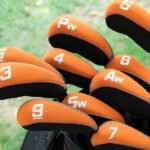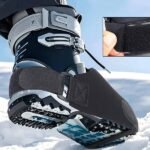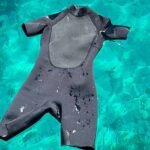Picture this: it’s a sweltering summer day, you’re at a backyard BBQ, and your cold drink starts sweating and warming up within minutes. Frustrating, right? That’s where can coolers—or “koozies”—come into play. But do they actually work, or are they just party gimmicks?
Yes, neoprene can coolers work. Neoprene is a synthetic rubber that insulates extremely well by limiting heat transfer, keeping your beverages cooler for longer periods compared to bare cans or standard foam sleeves. Its snug fit and durable material also reduce condensation and improve grip, making it a go-to choice for both personal and promotional use.
Let’s dive deeper to understand whether neoprene koozies are worth the hype, how they compare with other materials, and how you can customize them for your brand.
What Is the Best Material for a Can Koozie?

Neoprene is widely considered one of the best materials for can koozies due to its excellent insulation, durability, and printability.
| Material | Insulation Rating | Durability | Cost | Customization Quality |
|---|---|---|---|---|
| Neoprene | ★★★★★ | ★★★★★ | $$ | ★★★★★ |
| Foam (Polyurethane) | ★★★★ | ★★★ | $ | ★★★ |
| Stainless Steel | ★★★★★ | ★★★★★ | $$$$ | N/A |
| Silicone | ★★★ | ★★★★ | $$ | ★★ |
| Polyester Fabric | ★★ | ★★★ | $ | ★★★ |
Why Neoprene Stands Out:
- Thermal resistance: It slows down the transfer of heat between your hand and the can.
- Flexible yet firm: Neoprene holds shape better than foam and can stretch for snug fitment.
- High-quality printing surface: Ideal for vibrant custom logos and heat transfers.
Real-life test:
A test done with a 12 oz can on a 90°F day showed:
- Neoprene koozie kept the drink below 50°F for over 35 minutes.
- Bare can reached room temperature (~75°F) in under 15 minutes.
So, if performance and branding matter, neoprene is your best pick.
Are Neoprene or Foam Koozies Better?
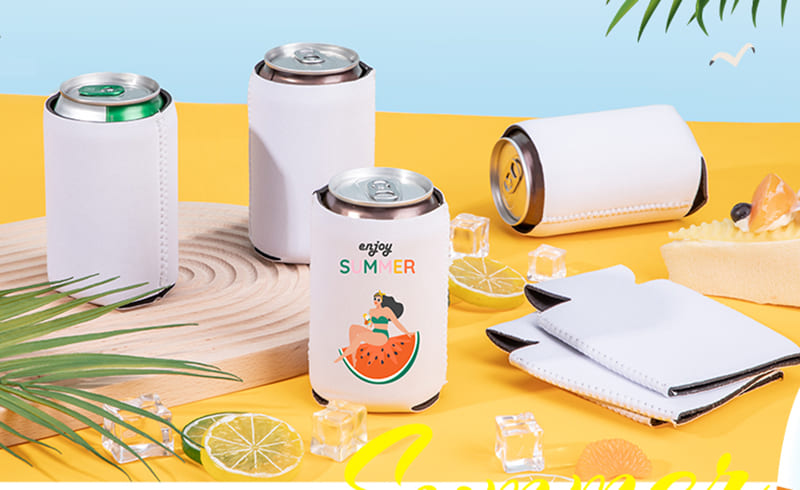
Neoprene koozies outperform foam in insulation, longevity, and customization, making them the better all-around choice.
1. Insulation Performance
- Neoprene is a closed-cell synthetic rubber that traps air and limits thermal exchange.
- Foam (often polyurethane) also insulates but is more porous and compresses over time.
2. Durability
- Foam tends to tear, crumble, or deform after repeated use.
- Neoprene resists wear, UV, and water damage better.
3. Feel and Fit
- Foam: Lightweight, bulky, and spongy.
- Neoprene: Slim, sleek, and grippy.
4. Customization Capabilities
- Foam: Limited to screen printing and solid colors.
- Neoprene: Suitable for heat transfer, sublimation, and full-color designs.
| Feature | Neoprene | Foam |
|---|---|---|
| Insulation Power | ★★★★★ | ★★★★ |
| Longevity | 3–5 years | 6–12 months |
| Custom Logo Quality | Vivid & detailed | Basic & solid colors |
| Cost per Unit | $0.80–$1.50 | $0.40–$0.90 |
So unless you’re looking for ultra-low-budget promo giveaways, neoprene wins for long-term value.
How Can You Tell if a Koozie Is Neoprene?

You can tell a koozie is made of neoprene by its texture, stretch, and stitch quality.
-
Touch and Feel
- Neoprene has a smooth, rubbery feel on the inside and fabric-like texture outside.
- It’s slightly heavier and more elastic than foam.
-
Thickness
- Typically 3–5 mm thick. Holds shape well even when compressed.
-
Stitching
- Most neoprene koozies are stitched at the sides or base. Foam ones are often glued.
-
Smell and Sound
- Neoprene may have a mild rubber scent when new.
- When you flick it, it gives a firmer "snap" than foam.
Quick Identification Table:
| Feature | Neoprene | Foam |
|---|---|---|
| Weight | Heavier, denser feel | Light and airy |
| Stretch | Flexible and rebounds | Slight give |
| Seams | Sewn (visible) | Glued |
| Finish | Smooth + matte | Porous or spongy |
How to Heat Transfer on Neoprene?
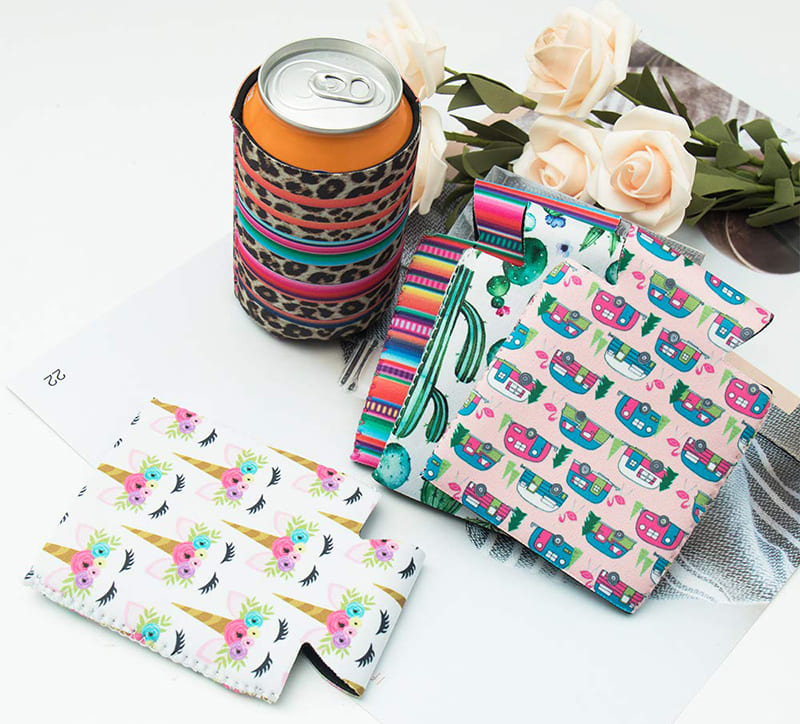
Heat transfer on neoprene involves applying printed designs with pressure and heat using a heat press machine.
-
Choose Your Design & Method
Use HTV or sublimation paper. Mirror your design before printing. -
Cut and Weed
Weed the vinyl to leave only your logo/design. -
Position on Koozie
Tape your design using heat-resistant tape. -
Press
Use a heat press (not iron) with a Teflon sheet to protect material.
| Step | Tool Needed |
|---|---|
| Design Printing | Sublimation printer / cutter |
| Setup | Heat press & Teflon sheet |
| Temp & Time | 290–310°F / 12–15 seconds |
| Peeling | Cold peel |
Tips: Always pre-test one piece. Avoid temps above 320°F.
How Long Do You Heat Press Neoprene Koozies?
Heat press neoprene koozies for 12–15 seconds at 290–310°F with medium pressure.
Why it Matters:
- Too low = design won’t stick.
- Too high = neoprene may warp.
| Design Type | Temp (°F) | Time (Sec) | Peel Type |
|---|---|---|---|
| HTV Vinyl | 300 | 12–15 | Cold Peel |
| Sublimation | 310 | 15 | Cold Peel |
Pro Tips:
- Don’t stack them while hot—they may stick.
- Let cool for 30 seconds before handling.
- Use silicone pad for even pressure.
Is It Worth Using Neoprene Koozies for Your Brand or Event?
Yes—neoprene koozies are highly effective for branding, giveaways, and enhancing customer engagement.
-
Brand Recall Boost
Branded giveaways like koozies can improve brand recall by over 85%. -
Event & Gift Use
Perfect for weddings, festivals, company events. -
Long-Term Exposure
Unlike flyers, they stay in kitchens and coolers for years. -
Eco-Friendly Reusability
Neoprene is washable and long-lasting. -
Custom Options
- Color-matching
- Logo printing
- Slim can, bottle-fit, zip-up designs
Conclusion
Neoprene can coolers absolutely do work—and then some. They keep drinks colder longer, offer better print quality, and give your customers something they’ll actually use.
Whether you’re a startup looking to stand out or a brand wanting to make a memorable impression, Szoneier is here to help.



